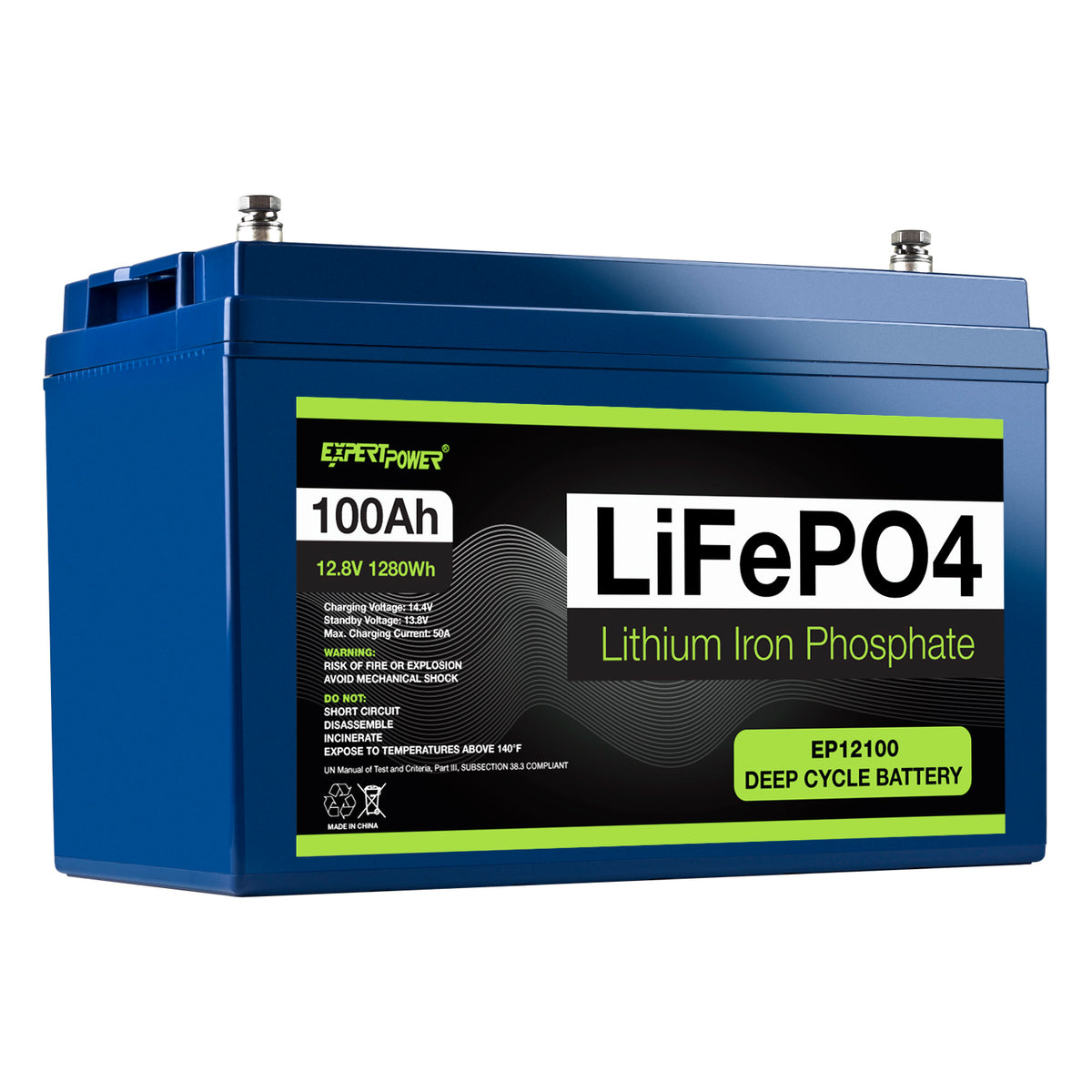Recently installed a RedArc BCDC 1225D. It charges a ExertPower 12V 100Ah LiFePO4 - EP12100 house battery through the starter battery when the engine is running or it uses solar if available when the engine is off. Very easy 4 wire setup for the BCDC. It has run flawlessly since install.
The Lithium Iron Phosphate battery is larger than a lithium ion battery with the same capacity, but the LiFePO4 doesn’t have thermal run away issues, so mounting it in the engine compartment isn’t a problem.
A 100aH LiFePO4 battery is slightly larger than a group 27, so your current battery mounts and tray will work. I had to trim down the RHD battery tray with a Dremel to fit the longer LiFePO4. I also used the Slee Dual Battery Tray and the Washer Bottle Relocation Kit.
Lithium batteries maintain constant voltage to 90% of capacity without damage to life span, so they offer much higher usable capacity over an AGM, which can only use about 50% of capacity before damage occurs. Lithium is lighter and has a much longer life. About 10 times as long.
I combined a set of LCP battery mounts with the stock mounts to add strength and prevent the stock mounts from pulling out of the battery tray.
Consider upgrading your major ground wires while you’re in there. Battery to block 2 awg, battery to body 6 awg, and add a battery to frame 2 awg.
Would have upgraded battery to alternator if it wasn’t buried so deep in the wiring harness. Maybe later.
Land Cruiser Products Land Cruiser Parts

sites.google.com
Nominal Voltage: 12.8v Charging Voltage: 14.4±0.2v Rated Capacity : 100Ah (0.2C, 25°C) Terminal Type: F12/M8 Dimensions (L x W x H): 13 x 6.6 x 8.4 (H + Terminal: 9) Inch Weight: 27lbs

www.expertpower.us
View attachment 2718731
View attachment 2718732





